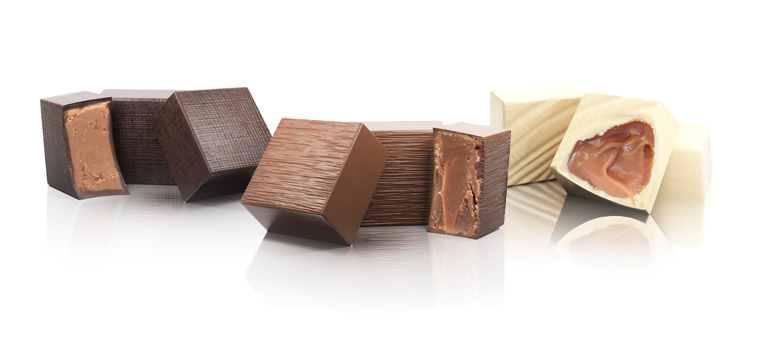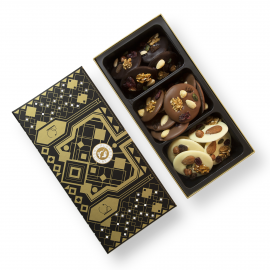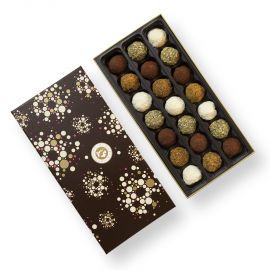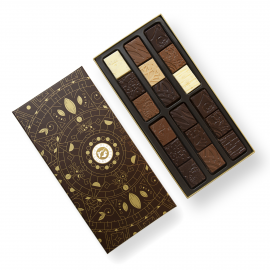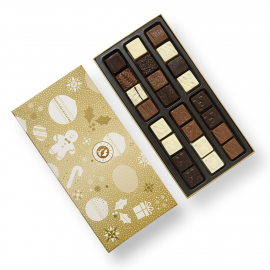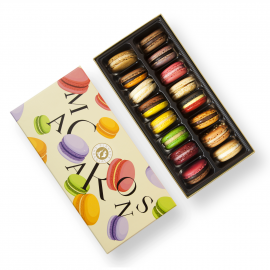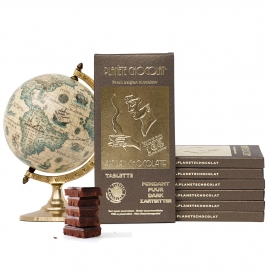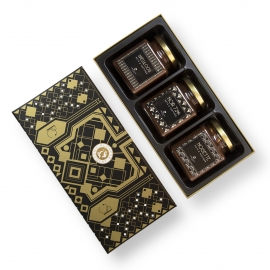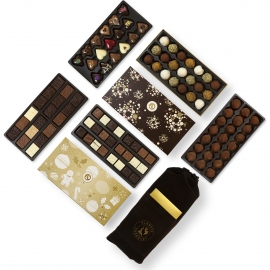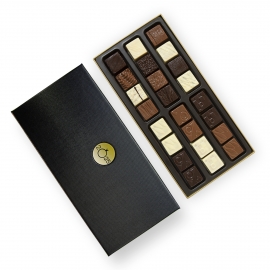Chocolate gift delivery to the Philippines

|
Cities:
|
When will my chocolate be delivered ? Deliveries are sent to the address you have provided via DHL EXPRESS from Monday until Friday from 8 am to 6 pm. How much are the delivery charges ? Planète Chocolat offers you secure methods of payment. Our delivery charges for the Philippines are €40.00 including taxes.
Is delivery also possible on weekends or public holidays ? Unfortunetly, no , DHL only delivers from Monday to Friday between 08:00 - 18:00 and does not work during public holidays.
Sending Belgian chocolates to the Philippines is now possible!
If you need to offer a gourmet gift to an acquaintance in the Philippines for their birthday, why not let them taste a few handmade treats from Planète Chocolat? From Manila to Quezon City, even Cebu, Caloocan and Bacolod, benefit from our delivery service of chocolates around the world all the way to the Philippines!
The Philippines grow three types of cocoa!
Colonization played a large role in the spread of cocoa tree plantations in Asia. In the Philippines, the Spanish, very much aware of this culture from the New World, introduced cocoa as of the 16th century. However, it wasn’t until the 20th century that the national agri-food industry truly developed. The amazing advantage of the archipelago is to possess the three types of cocoa grown on its soil: criollo, forastero, and trinitario. The country is made up of 7,000 islands, with each variety having its own producing island. The areas of production are Davao, Zamboanga, Visaya, and Mindanao. The harvest period is similar everywhere, meaning that it starts each year at the end of the rainy season. |
||||||||||||||||||||||||||



